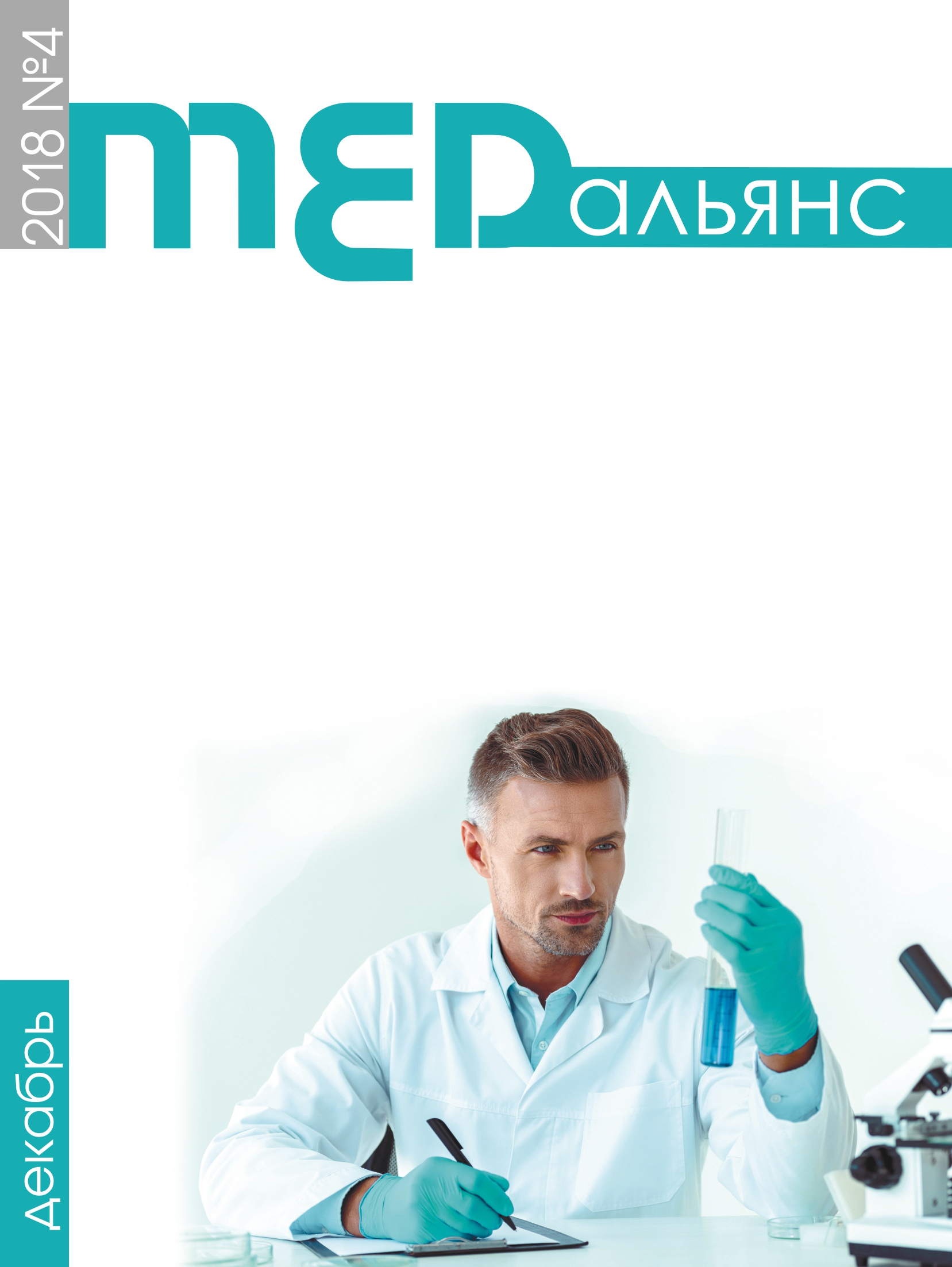Abstract
Extrasystoles-induced cardiomyopathy is a potentially reversible condition in which left ventricular dysfunction is induced by the occurrence of frequent extrasystoles (ES). Various cellular and extracellular mechanisms and risk factors for developing cardiomyopathy in this context have been suggested but the exact pathophysiological mechanism remains unclear. The suppression of ES is usually indicated in symptomatic patients with frequent ES and also those with left ventricular dysfunction. Antiarrhythmic drugs are a useful non-invasive treatment to eliminate ES, but the side effect profile. Catheter ablation is currently being evaluated as a potential first-line therapy in patients with ES cardiomyopathy. Recent publications have shown that it is more effective than pharmacotherapy.

